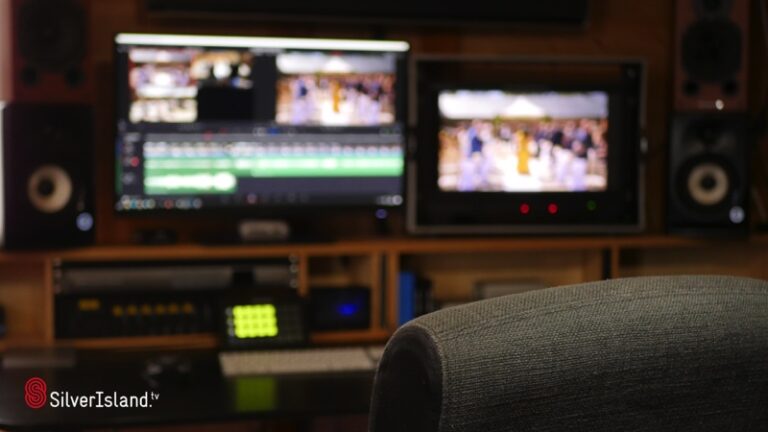Get great results with Internal communications
Live streamed Internal communications is an amazing way to bring benefits to your organisation!
Here are some of the benefits of live-streaming events to your work force.
Firstly, live streaming is an incredibly engaging and interactive medium. By using it for internal communications, you can capture your audience’s attention in a way that other methods simply cannot match. Whether you’re sharing updates, hosting training sessions or brainstorming ideas, live streaming allows your team to actively participate and collaborate with one another in real-time.
Additionally, live streaming is a cost-effective solution that can help you reach a larger audience without having to worry about physical constraints. With the ability to broadcast to multiple locations simultaneously, you can ensure that everyone is on the same page, no matter where they are located.
Communications via live streaming can help foster a real sense of community and transparency within your organisation. It provides a platform for open and honest dialogue between management and employees, which can help build trust and boost morale.
Finally, live streaming can also provide a valuable archive of information for future reference. By recording and storing your live streams, you can ensure that your team has access to important information whenever they need it.
So, as you can see, there are many reasons why internal communications via live streaming is a great idea! It’s engaging, cost-effective, fosters community, promotes transparency, and provides valuable information for the future.




